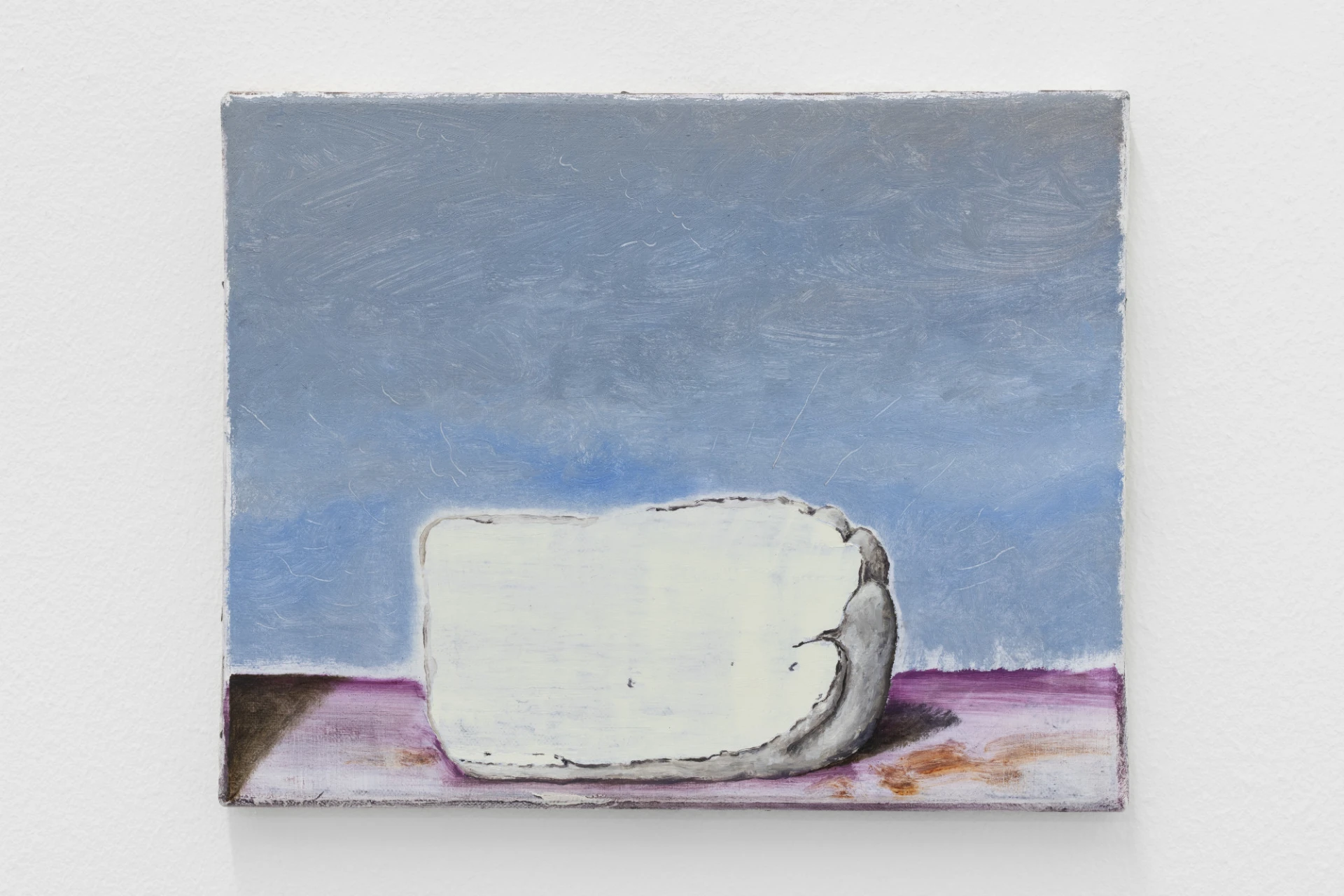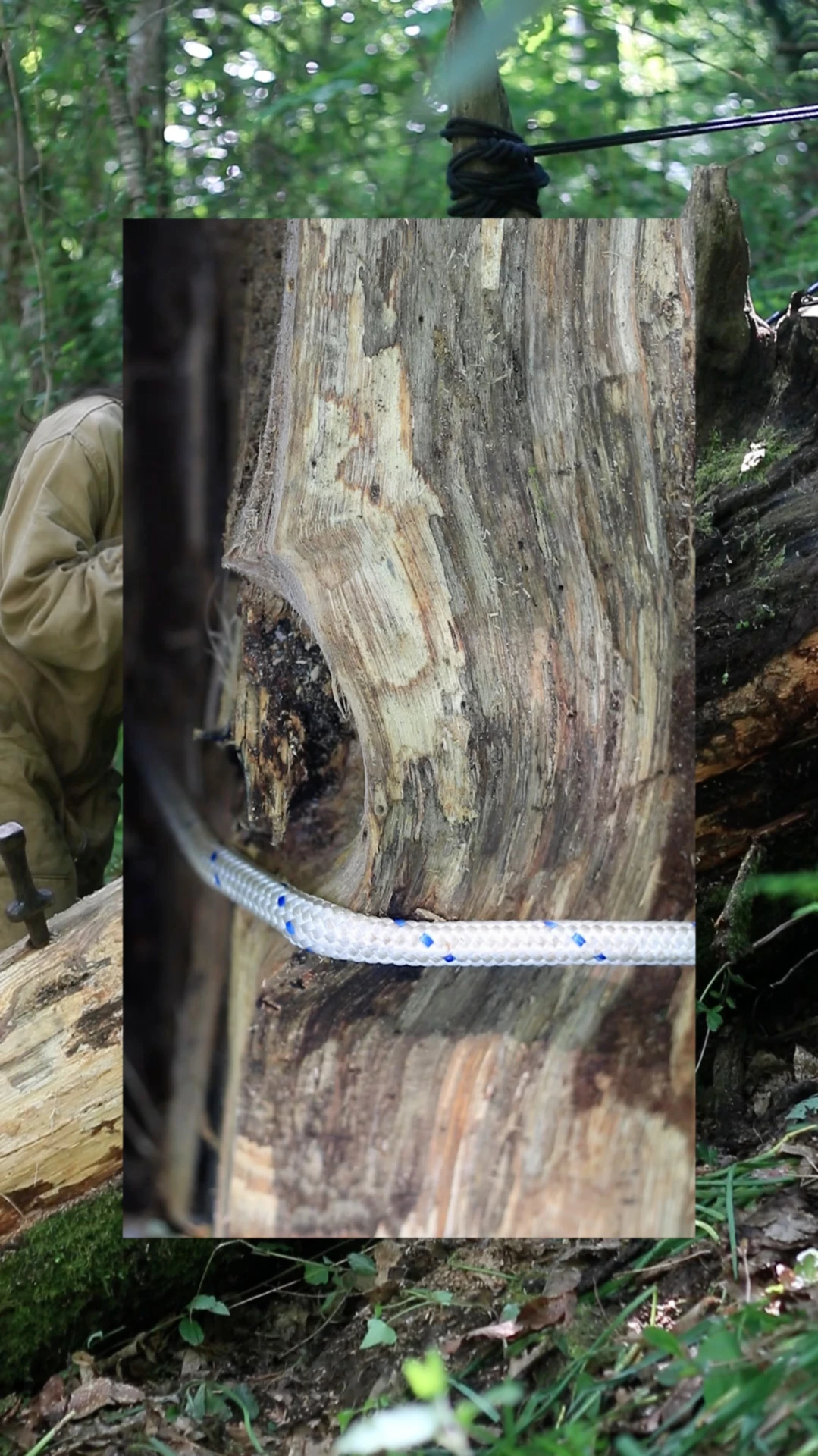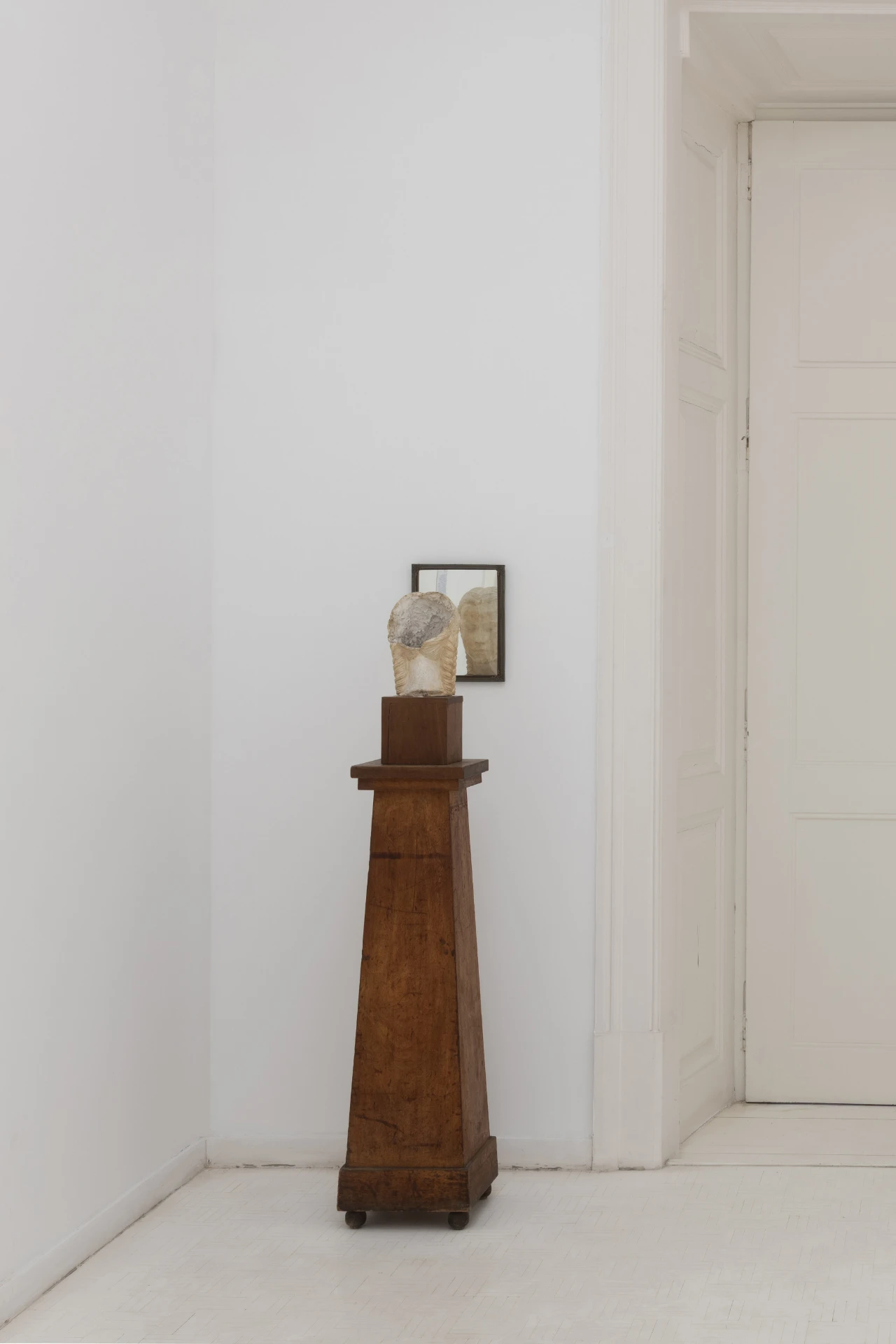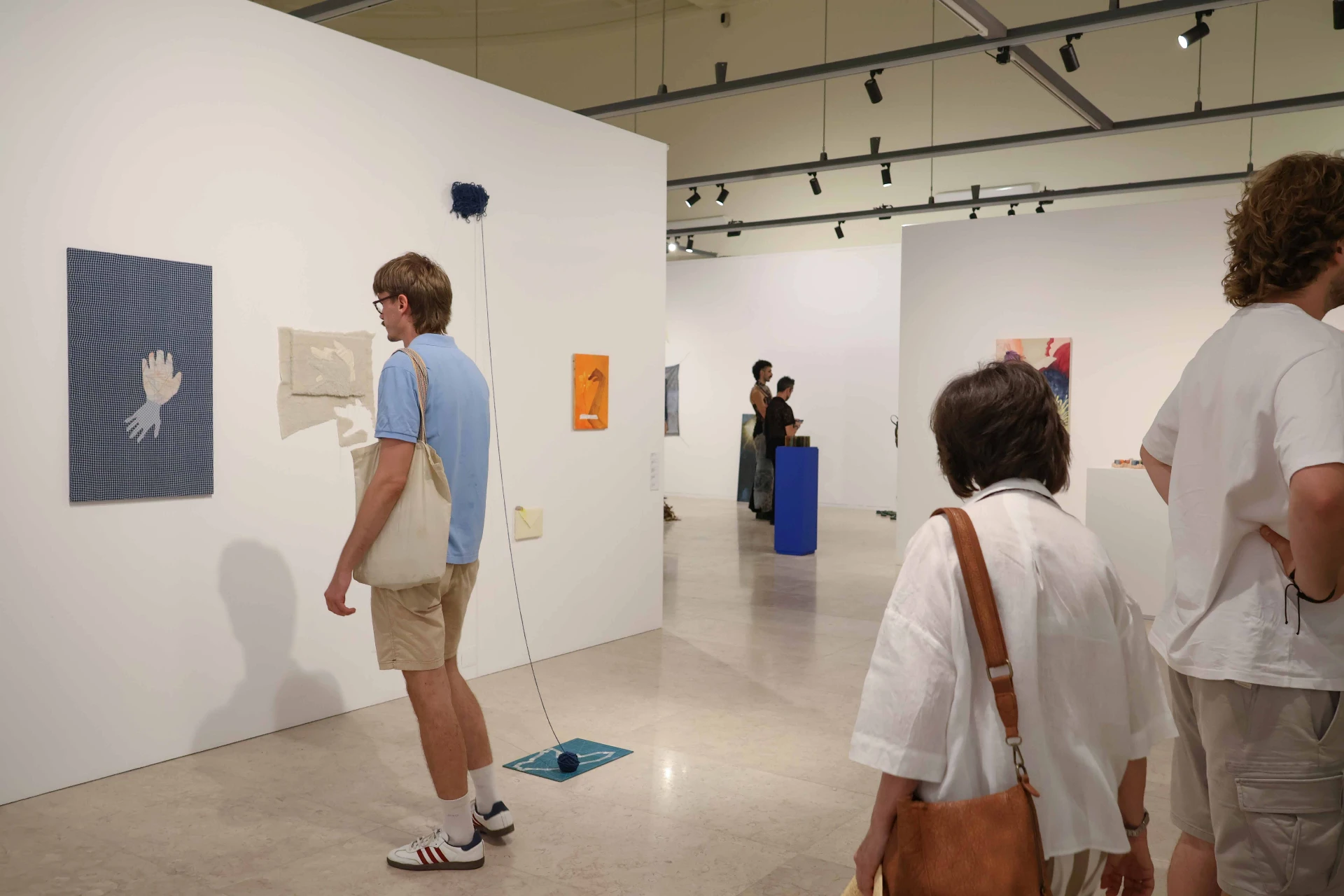article
...On Thin Ice, by Noé Sendas
Hands surround eyes. They hold them as if they were precious stones, hide faces, and reveal what the artist does not allow us to see.
A swaying dance between hands and eyes occupies one of the largest rooms in Noé Sendas' exhibition ...On Thin Ice, on display at the MNAC, curated by João Silvério.
These works reveal the artist's intense practice in drawing. The series, entitled Hand-Eye, consists of a set of drawings in which the hand and the eye are the central theme. By focusing on these two elements, which are fundamental in the visual arts, and by the essentiality with which they are treated, the exhibition is filled with silences, breaths, apparitions, shadows and light.
At a steady pace, sinuous drawings of hands appear: hands like frames, hands whose fingertips play with eyes, lively and inquiring eyes. In the contours of the hands drawn by Sendas, and in this game of revelations and concealments, we discover mistakes, attempts to represent forms, duplication of lines, the entire history of a drawing, configured and embodied by a vibration that links it to the others, and to all the other pieces in the exhibition.
This pendulous gaze, which captivates us and makes us active - “what would vision be without any movement of the eyes?”, Merleau-Ponty once asked - refers us to a beautiful installation by Noé Sendas, also present in this exhibition. To create the installation, the artist draws on an existing work in the museum's collection. Judite (1944), a bust by Joaquim Valente, depicts a young woman with a gentle face and delicate hair. The plaster head of the figure was designed to be displayed from the front. The back of the sculpture reveals an unfinished form, allowing one to see the interior and appreciate the imperfections and marks that the sculptor left behind during its creation. Noé Sendas decided to turn the bust around, positioning it so that it faced the wall, thus hiding Judite's face. However, a mirror, positioned in front of it and fixed to the same wall, faintly reveals the young woman's longed-for, childlike face.
It is up to us to reconfigure Judite's face, to gather the tiny fragments left by the artist and turn them into a cohesive whole. No matter how hard we try, the face is never grasped in its entirety, as it is in its origin.
The incompleteness of the images provided by Sendas leads the observer to a need to recreate, to generate new images and interpretations with meaning, in a world full of immanence and idealities1. Because we are the ones who bring representations of the world. My body is both visible and invisible2. In Judite, the observing body can also look at itself3, through confusion, through narcissism4.
This suspended face is part of a series of many other impossible portraits to which the artist has accustomed us. As in the installations The Rest is Silence II (2003) and On Thin Ice (2025), where a reclining body, face covered, and with the dimensions of the artist, appears dressed in winter clothes and ski boots, the faces of the characters are hidden.
The beautiful Judite, on the other hand, also refers us to the idea of the immateriality of art. The artist recalls Benedetto Croce's phrase: ‘Beauty has no physical existence´5, quoted by Denis Huisman in his work Aesthetics. Huisman himself also refers in the same way to aesthetic sensitivity: ‘the object does not count: only the subject counts.’
In this way, the viewer recreates the work in their own way and the creator contemplates it before giving it form.6
Incompleteness can also be observed in the works SniuR (table), 2025, and After SniuR, 2025, among others that feature polychrome drawings accompanied by collages and offset prints of figures (or busts) from classical antiquity, also present in the exhibition, now on display at the MNAC.
João Silvério explains that Noé Sendas reveals explicit and implicit references to artists, literary, cinematographic and musical creations in his works, as well as the use of the body as a reference, perceptual challenges and expository mechanisms.
The curator also explains that the exhibition is accompanied, in addition to the unpublished works by Noé Sendas, by works and records by other artists in the MNAC collection. Right at the beginning of the exhibition is a photograph by designer, artist and photographer Fernando Lemos, A Mão e a Faca, 1949. The strangeness and tension contained in the photograph anticipate the gesture that will unequivocally lead to a sombre outcome. Other works in the exhibition include: Cena esfolada (1949), by the same author; Atelier (1916), by Aurélia Sousa; Elles (1896) by Henri de Toulouse-Lautrec; Estudo para Velho do Restelo (1901) and Fugindo as Ninfas vão… (1900), by Columbano Bordalo Pinheiro.
...On Thin Ice, as the curator points out, develops in the midst of a present steeped in uncertainty and fragility.
The exhibition is on view at MNAC until September 27.
1 Ponty, M. (2018) O olho e o espírito. Passagens. Nova Vega, 10ª edição. pág 20
2 Ibidem
3 ibidem
4 Ibidem
5 Huisman, D. (2013). A estética. Edições 70, Lda. Lisboa. Pág. 83
6 Ibidem
BIOGRAPHY
Carla Carbone was born in Lisbon, 1971. She studied Drawing in Ar.co and Design of Equipment at the Faculty of Fine Arts in Lisbon. Completed his Masters in Visual Arts Teaching. She writes about Design since 1999, first in the newspaper O Independente, then in editions like Anuário de Design, arq.a magazine, DIF, Parq. She also participates in editions such as FRAME, Diário Digital, Wrongwrong, and in the collection of Portuguese designers, edited by the newspaper Público. She collaborated with illustrations for Fanzine Flanzine and Gerador magazine.
ADVERTISING
Previous
article
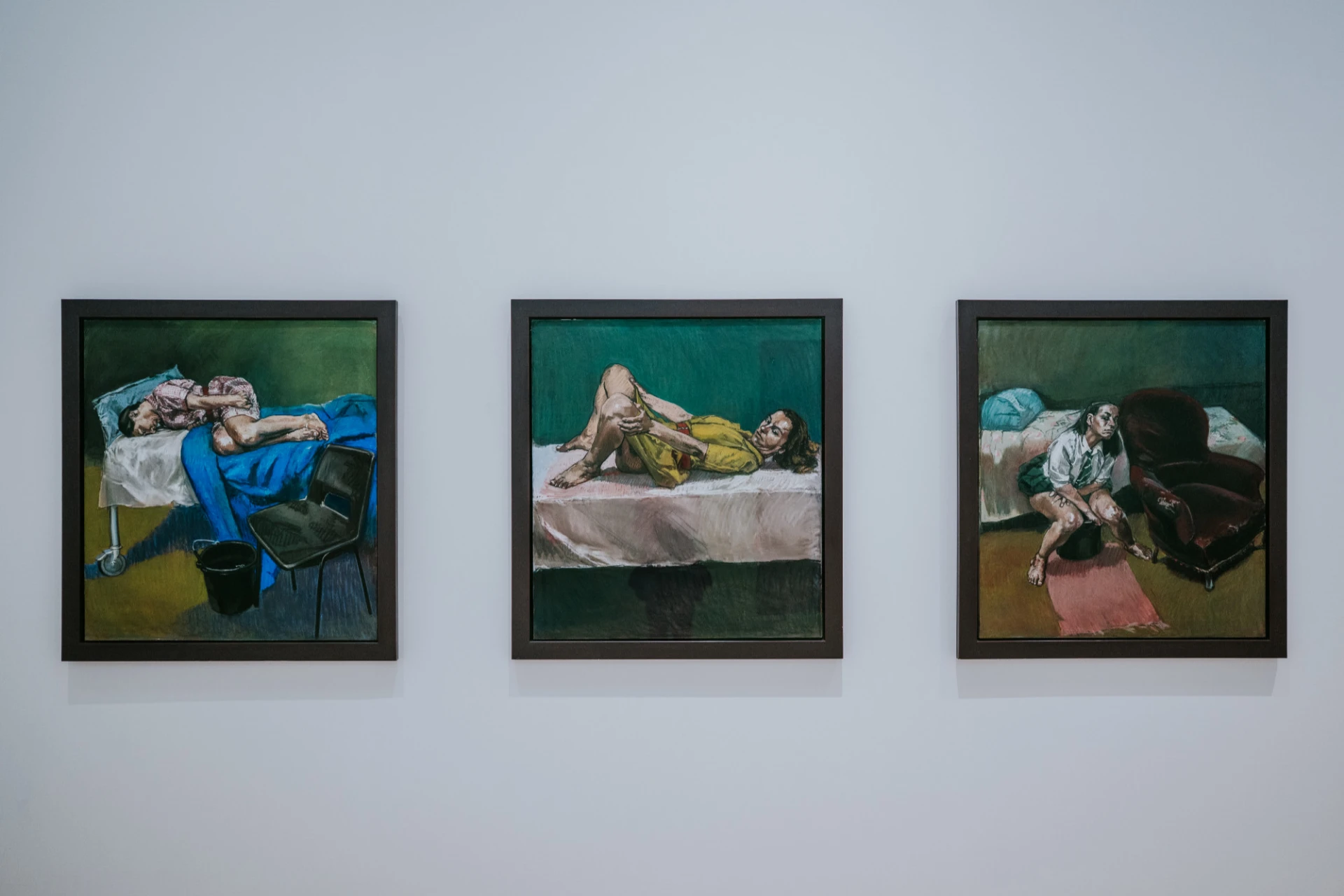
12 Sep 2025
Between Your Teeth: From the guts to mermaids
By Barbara Mastrobuono
Next
agenda
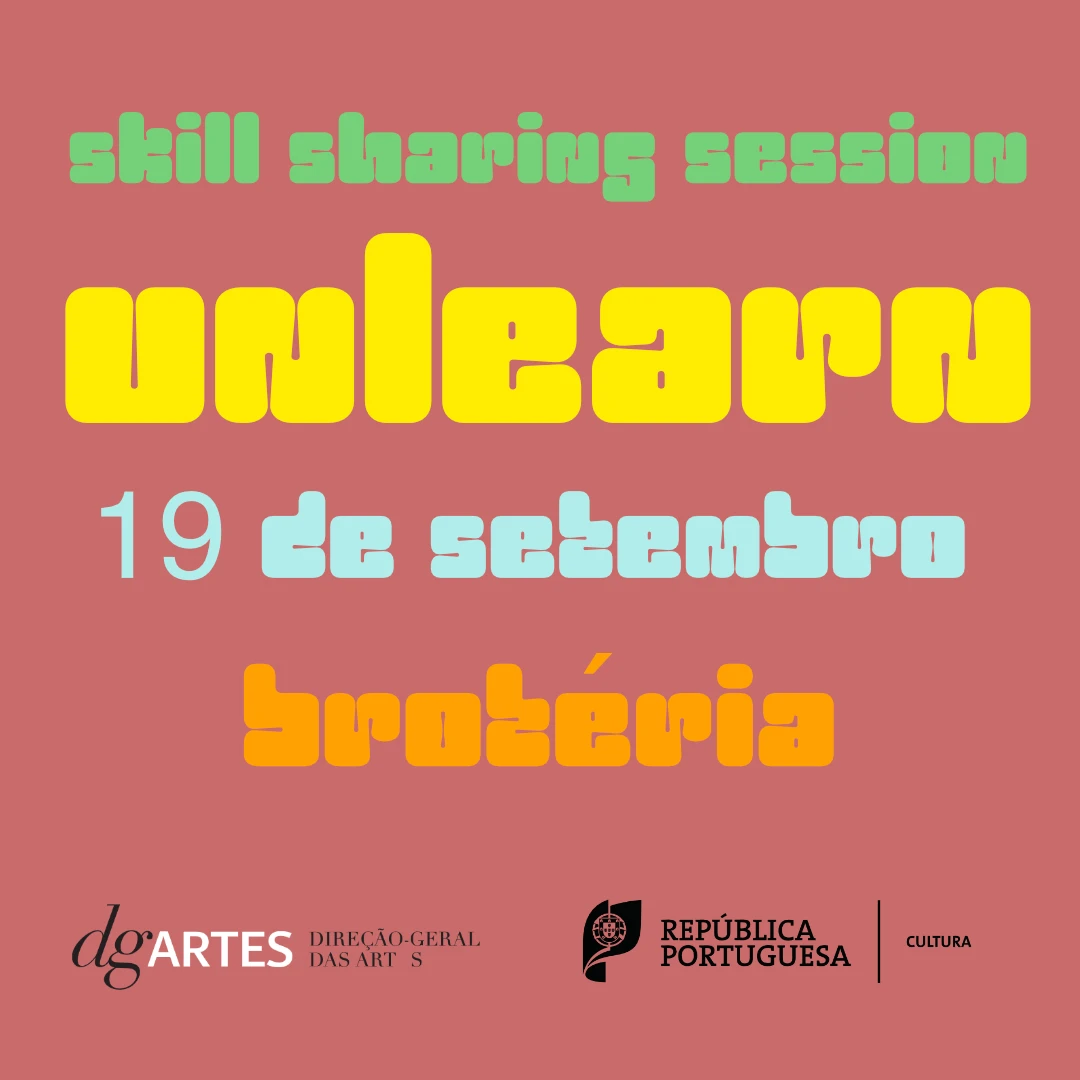
15 Sep 2025
UNLEARN: Chain Reaction at Brotéria
By Umbigo
Related Posts
